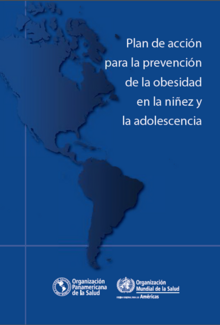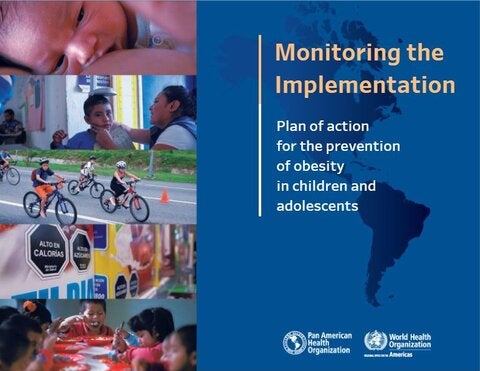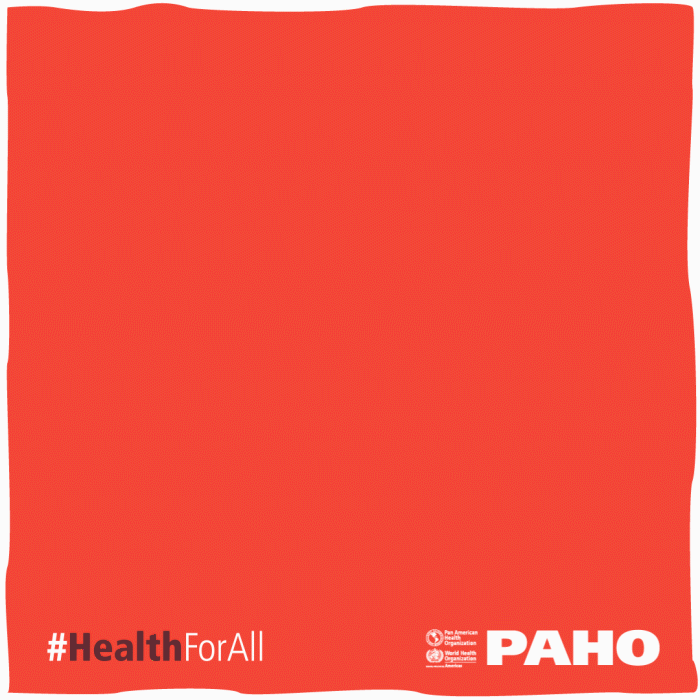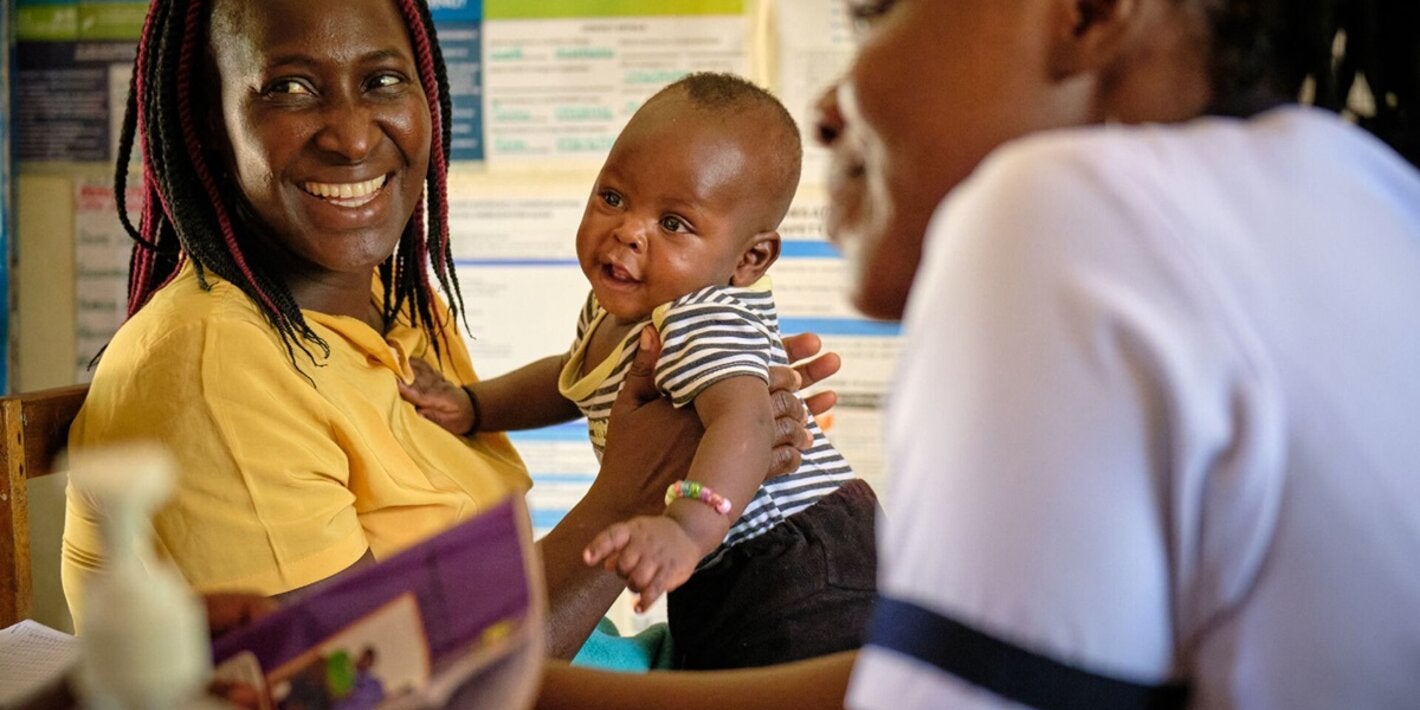Obesity and being overweight are defined as an abnormal or excessive accumulation of fat that can be detrimental to health.
A simple weight-for-height index commonly used to classify overweight and obesity in adults is the body mass index (BMI). It is calculated by dividing a person's weight in kilograms by the square of the height in meters.
A BMI equal to or greater than 30 is considered obesity, and a BMI equal to or greater than 25 is considered overweight. BMI provides the most useful population-level measure of overweight and obesity as it is the same for both sexes and all ages of adults. However, it should be considered a rough guide because it may not correspond to the same degree of fatness in different individuals.
Obesity is one of the main risk factors for many chronic diseases, including diabetes, cardiovascular disease, hypertension, and stroke, as well as several types of cancer. Also, children who are overweight are at higher risk of living with overweight or obesity in adulthood.
For children, age needs to be considered when defining overweight and obesity.
For children under 5 years of age:
-
overweight is weight-for-height greater than 2 standard deviations above WHO Child Growth Standards median; and
- obesity is weight-for-height greater than 3 standard deviations above the WHO Child Growth Standards median.
For children aged between 5–19 years:
-
overweight is BMI-for-age greater than 1 standard deviation above the WHO Growth Reference median; and
- obesity is greater than 2 standard deviations above the WHO Growth Reference median.
Obesity and being overweight have reached epidemic proportions. Obesity rates have almost tripled since 1975 and have increased almost five times in children and adolescents, affecting people of all ages from all social groups in the Region of the Americas and the world.
The Region of the Americas has the highest prevalence of all the World Health Organization Regions, with 62.5% of adults with overweight or obesity (64.1% of men and 60.9% of women). Looking only at obesity is estimated to affect 28% of the adult population (26% of men and 31% of women).
The epidemic is not alien to children and adolescents. In the 5 to 19 age group, 33.6% of children and adolescents have overweight or obesity, and 8% of children under the age of five, according to the latest estimates from UNICEF, WHO, and the World Bank.
To address and stop the increase in obesity rates, PAHO promotes and supports policies that allow people to improve their diet, physical activity, and health in the Region of the Americas.
In 2014, PAHO welcomed the unanimous approval of the Plan of Action for the Prevention of Obesity in Children and Adolescents to implement a set of effective policies, laws, regulations, and interventions that take into account priorities and the context of Member States in the following strategic lines of action:
a) Protection, promotion, and support of optimal breastfeeding and complementary feeding practices.
b) Improvement of preschool and school nutrition and physical activity environments.
c) Fiscal policies and regulation of food marketing.
d) Intersectoral actions for health promotion.
e) Surveillance, research, and evaluation.
PAHO also supports the use of WHO-recommended interventions to reduce the obesity epidemic, including WHO's "Best-Buys" related to obesity prevention, the WHO Global Strategy on Diet, Physical Activity and Health and the Global Action Plan on Physical Activity 2018-2030: More Active People for a Healthier World.
To support the countries of the Region, PAHO continues to provide technical guidance and cooperation to programs and policies and to facilitate collaboration among countries.
PAHO is also working with countries of the Americas in the implementation of the World Health Organization (WHO) Acceleration Plan to STOP Obesity, endorsed during the 75th World Health Assembly in 2022. The aim of the plan is to accelerate progress towards reducing obesity, with a focus on high-burden countries.

















